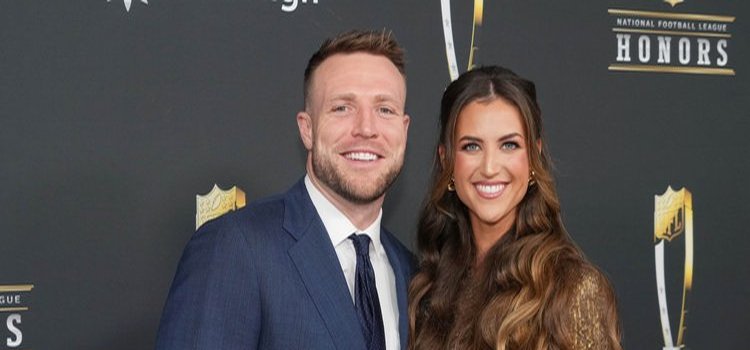In the high-stakes world of the NFL, where the line between triumph and setback is razor-thin, Taysom Hill’s journey stands out as a testament to resilience and adaptability. The New Orleans Saints’ multi-faceted offensive weapon faces a challenging road ahead, navigating the turbulent waters of injury recovery that not only tests his physical limits but also casts a shadow over the team’s strategic planning.
Hill’s prowess on the field, characterized by a unique blend of athleticism and versatility, hit an unforeseen roadblock in Week 13 when he suffered a torn ACL. Known for his ability to line up at quarterback, tight end, wide receiver, and even contribute on special teams, Hill’s absence immediately left a noticeable void in the Saints’ offensive structure. The injury, one of the most feared among professional athletes, typically demands a lengthy and intensive rehabilitation period that can extend well into the next season.
At 35, Hill finds himself at a pivotal crossroads. While he has defied traditional expectations throughout his career—rising from undrafted free agent to a key Swiss Army knife in Sean Payton’s and now Dennis Allen’s offense—this latest setback introduces a new layer of uncertainty. The question now isn’t just if he’ll return, but in what capacity, and how close he can get to his former dynamic self.
The Saints, meanwhile, are grappling with a broader identity crisis on offense. With their quarterback situation still evolving and young talent emerging at skill positions, Hill’s recovery timeline complicates efforts to solidify the playbook. His versatility offered the Saints unmatched flexibility, particularly in short-yardage and red-zone scenarios. Without him, they lose a creative edge that often gave them an advantage against more conventional defenses.
From a financial standpoint, Hill’s contract—structured with performance-based incentives—adds another wrinkle to the situation. The Saints front office must now evaluate whether maintaining a roster spot for an aging player recovering from a serious injury is the most prudent move, especially given the team’s ongoing salary cap challenges. Any misstep could limit their ability to add depth or secure rising talent.
For Hill, the road to recovery is as much mental as it is physical. Rehabilitating an ACL demands patience, discipline, and a relentless commitment to regain strength and agility. He’s no stranger to adversity—Hill overcame multiple injuries during his college career at BYU—but the NFL’s physical toll is another level entirely. Sources close to the team indicate that Hill remains committed and is attacking rehab with the same fervor he brings to the field.
Teammates and coaches alike have expressed admiration for Hill’s grit and leadership. “He’s one of the toughest guys I’ve ever been around,” said Saints offensive coordinator Klint Kubiak. “Whether he’s under center or blocking downfield, he brings an intensity that lifts everyone around him. We’re hopeful, but we’re also realistic about the process.”
Looking ahead, the Saints are exploring contingency options to fill the void left by Hill’s absence. Whether that means expanding the roles of younger players, tweaking offensive schemes, or even testing free agency remains to be seen. What’s clear, however, is that Hill’s future will significantly influence the team’s trajectory heading into the 2025 season.
Ultimately, Hill’s story is far from over. While the recovery timeline remains uncertain, his legacy as a player who reshaped positional norms is secure. Whether he returns to full strength or takes on a more limited role, Taysom Hill’s impact on the Saints and the broader NFL landscape will be felt long after he leaves the field.




























